The
knowledge presented in this page is advanced and contains information
for those who want to get to know Lady Astarte more in depth. There is
also the containing of hieratic [deeply spiritual] knowledge such as the
Divine Names of Astarte.
In regards to additional information on Divine Names, these are Names which are the numerologically sound Divine Names to use for Summoning and Invocation:
|
Divine Names:
*such as the word for Star |
Divine Symbols:
|
Divine Numbers and Attributes:
|
Psalm of Astarte: |
|
Divine Forces:
|
Important Titles:
|
Inanna [Sumerian], Aphrodite/Artemis/Demeter [Ancient Greek], Diana/Venus/Ceres [Roman], Freya [Norse/Germanic], Astarte/Ashtart [Caanite], Isis/Aset/Ashet [Egyptian], Ishtar [Assyrian], Tanit-Ashtart or Ashtaroth [Phoenician], Atargatis [Syriac], Usash [Rig Veda]
Other Names:
[*]There is no
problem to also casually refer to her as Astaroth, or even as Venus, or
Isis. However, the hieratic Names are above and will give the best
contact for spiritual works such as summoning.
Inanna, the Great Goddess, incarnates the highest forms of spiritual power, but also numerous of the most important universal ideals. Astarte is such a prominent and powerful Deity, that she has been worshiped by all Ancient Pagan religions under many different Names, aliases and identities.
Naturally, she is a most defamed Pagan Deity that the enemy constantly is in terror and awe against. Jewish sources perverted her Divine Name, corrupting it to mean “Astoreth” and calling her by demeaning terminology. The defamation against her is great, endless, and can only compare to Satan and Beelzebub, or her Twin Brother Azazel. In Sumer, they were also brother and sister, with Azazel being Shammash/Utu and her being his sister [Inanna]. Both were given extensive authorities by Satan and Enlil, to guide humanity towards enlightenment.
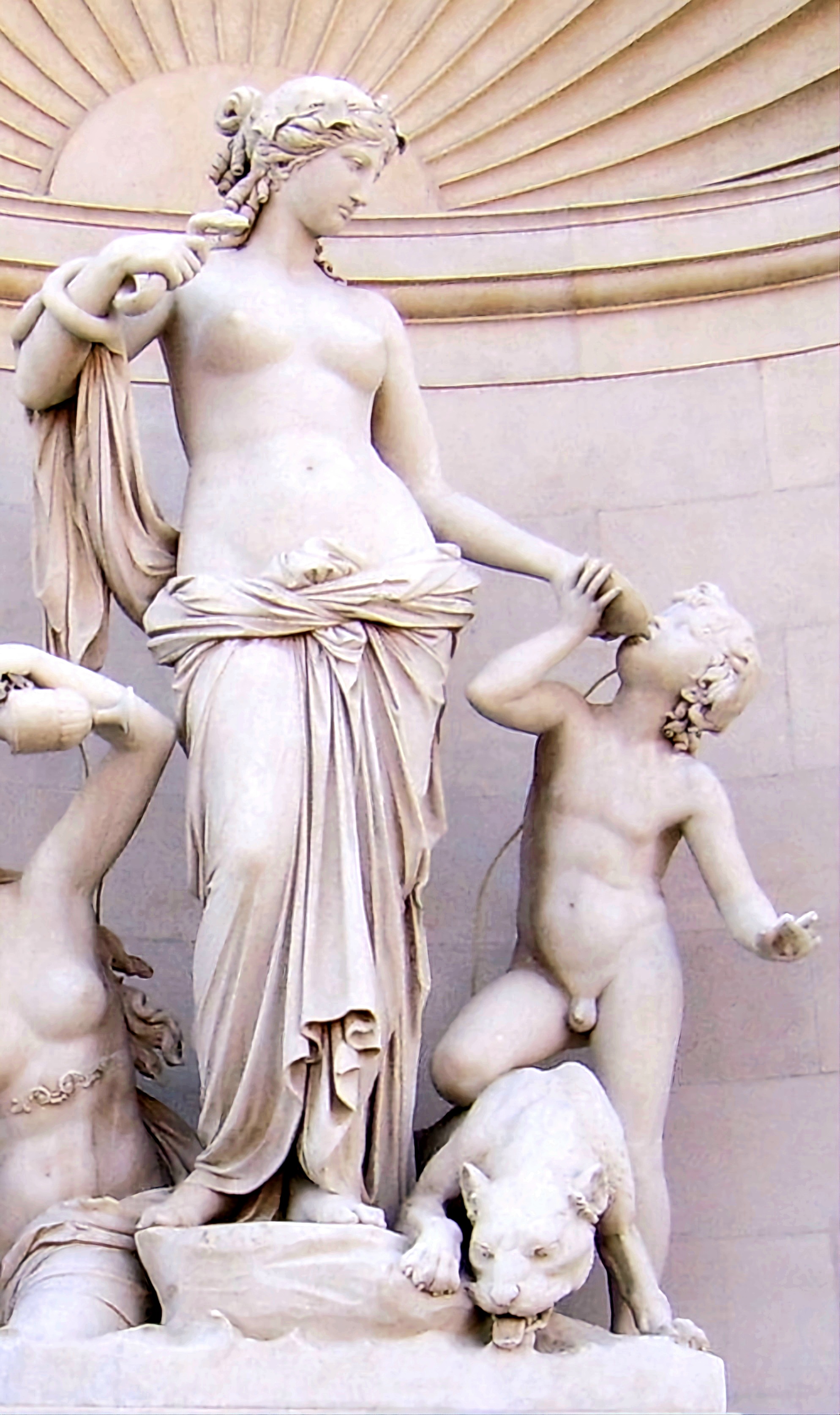
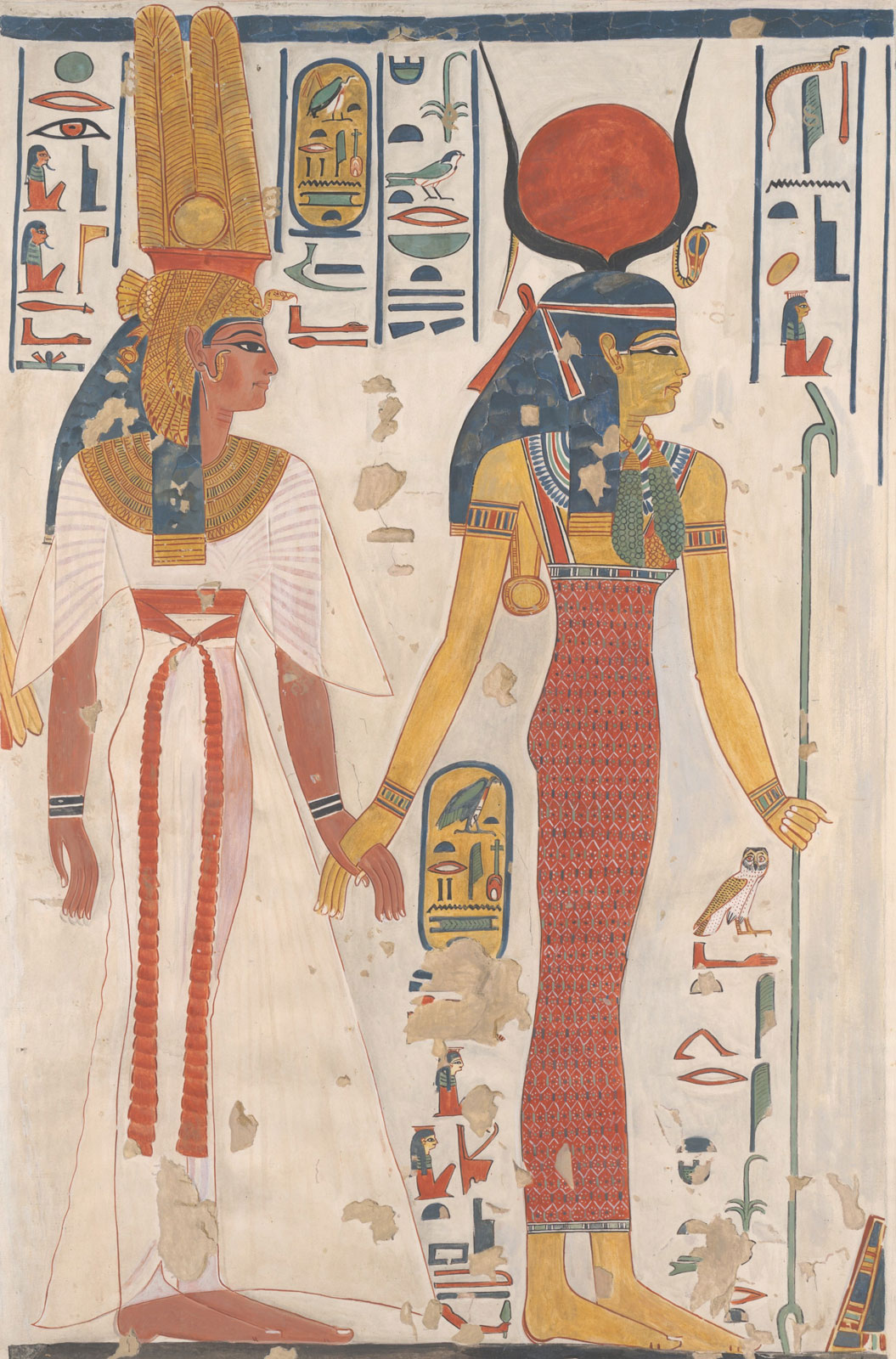
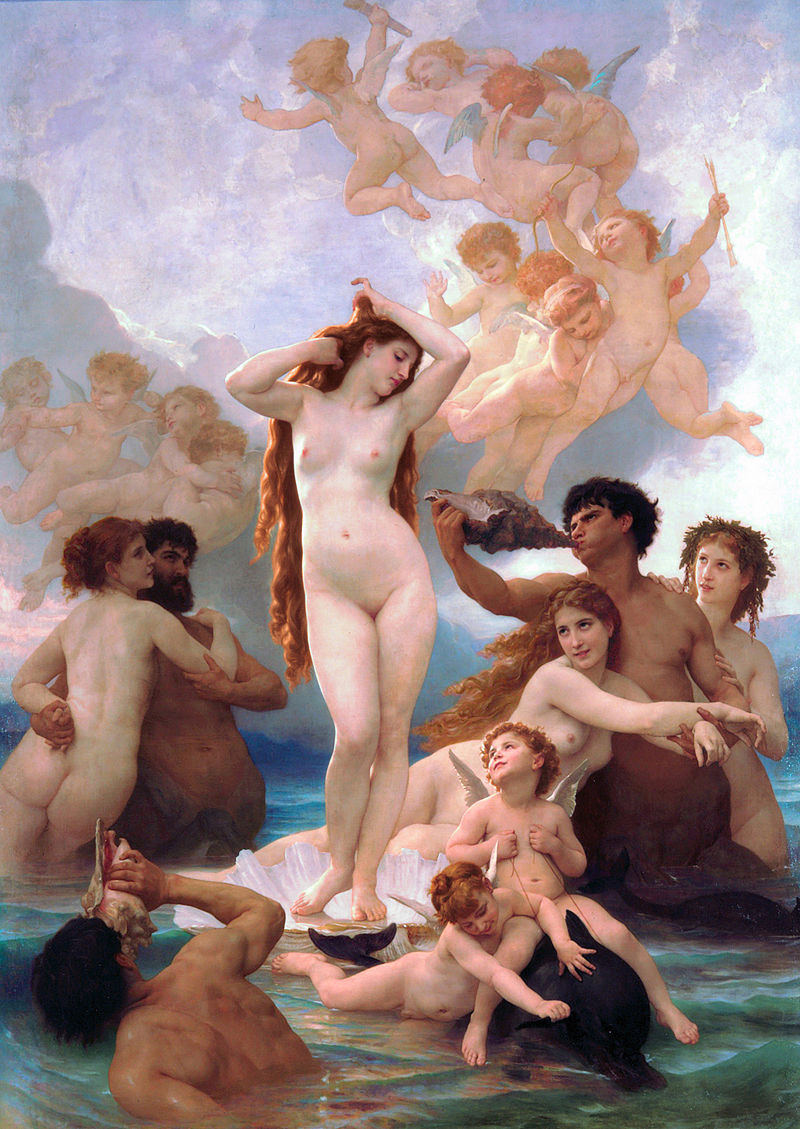
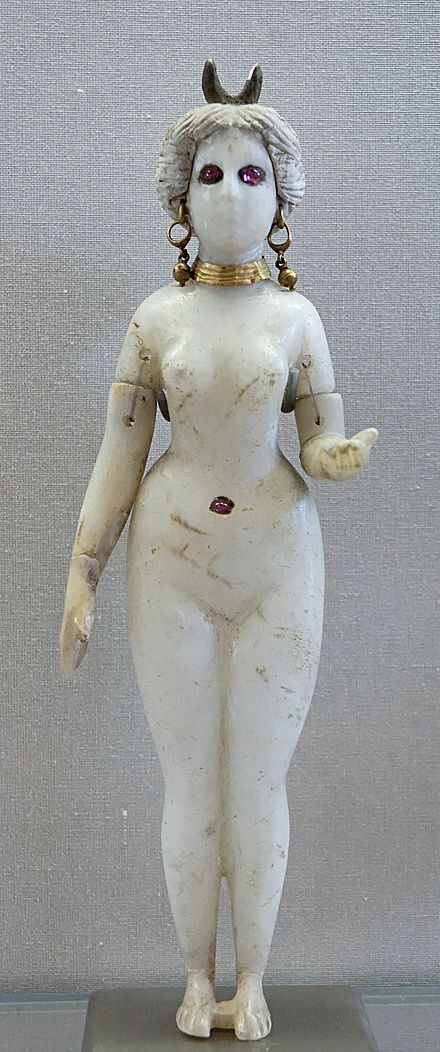
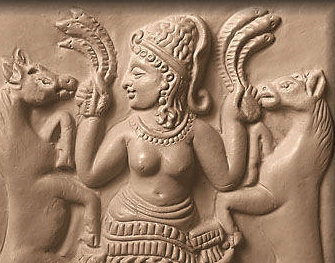
Astarte is mentioned in the enemy Bible, as a “cursed” deity that
was of worldwide renown and was of course slandered and defamed to
no end by the Jews. Jews are the only people on earth to have
slandered the Goddess and all that is represented by her. It wouldn’t
be an understatement to say that Astarte was the most beloved Female
Goddess there ever was in the history of mankind, with many Goddesses
playing an immortal role, but her standing clearly in the forefront.
One of the greatest attacks Astarte has received was her mere equation with external beauty, or aspects of prostitution, all of which are rooted in Rabbinical attacks launched against the Great Goddess. This slander is perpetuated in the Bible but also later Rabbinical works. Astarte strongly emphasized to me when writing this page, to explain that her symbolism is of Love in all it’s levels, while covering her complete personality. Love has many levels, and is not only sexual as commonly promoted by the enemy or people who are misguided by incomplete information.
The major factual truth behind Astarte’s major symbolism, is that
she is the Goddess of love that unites the Soul, a profound spiritual
power that dominates the universe. Included in this,
Inanna/Astarte/Aphrodite also rules love in levels such as the sexual
or the reproductive level. Likewise, She has expressed that people need
to be reminded that love is, except of carnal and sexual, the love we
have for family, tradition, one another, but also, the strongest bond of
love that forms between the mother and the children. No jewish attacks
could ever reach her glory. She still remains loved worldwide,
appreciated and respected.
All her powers as explained in this page, are only droplets in the eternal sea of Astarte’s power and knowledge. The bible is chock full of these grotesque references that demean the Great Goddess.
Even the enemy knows in full these do not represent the real character of Astarte, which will be given in this page, but it’s all part of their propaganda against the Greatest Goddess of Mankind.
“In biblical Hebrew the noun astarot, derived from the divine name Ashtart/Astarte, means “increase, progeny,” an indication of Astarte’s fertility functions. Also, in Egypt Astarte is known as a goddess of fertility, as she, along with Anath, is called one of “the great goddesses who conceive but do not bear.”
Although they are not as well known as her fertility characteristics, Astarte also has associations with war, shown in several Egyptian representations in which she carries weapons of war and in descriptions in both Egyptian and Ugaritic texts that characterize her as a warrior goddess. […]
She is labeled the “lady of heaven” in several second-millennium B.C.E. Egyptian texts, and in the first-millennium B.C.E. inscription of Eshmunazor, she is called “Astarte of the highest heavens.” In Phoenician Sidon, the city most associated with the goddess’s cult (see Judg 10:6; 1 Kgs 11:5, 33; 2 Kgs 23:13), her sacred precinct is called “highest heavens.” Phoenician sources also report Astarte’s identification with Venus, the morning and evening star. […] In the Hebrew Bible, the worship of Astarte is repeatedly condemned […]” [1]
The name Astarte, is etymologically close to the Ancient Greek Word “Astron” which means “Star” [2],
an allusion both to the starry beauty of Astarte herself, but also to
the fact that she has been called many epithets like the “Queen of
Heaven”. Astarte’s beauty, internal and external, has been
incomprehensible in the aeons.
Words like Astro-logy are derived
from her Divine Name. A common epithet given to many Gods, relating to
Astarte’s Name, was “Astroos or Astroa” [3], which means “He or
She of the Stars”. The allusion about the descent to mankind and the
arrival of the Gods from the Stars is a well known subject in all
Ancient Pagan religions.
Even today in English, we
unconsciously call beautiful women and men who are of profound beauty as
“A Star”, to affirm this starry quality about a person. The word
“Astreos” which means “Of the Stars” is a common Ancient Greek epithet
for people who are of starry or supreme qualities, but also used for
Gods very frequently. The Statue of Liberty, which wears the Crown of
A-Star in New York, is symbolic of Astarte’s influence into the United
States. The Statue itself, was inspired from Egyptian Artwork. [4]
Astarte’s powerful connection to Satan is a self evident reality. One of Satan’s important epithets, “EOSFOROS”, the Ancient Greek form for the Latin “Lucifer”, means “Bringer of the Light”. The first part of this word, the word Eos, is a code word for Astarte. Eos is a Goddess of Ancient Greek Mythology that rules the light of the Dawn, the soft spiritual light which is a perfect time for human beings to meditate. Ushash, which is the Sanskrit name for Eos, is a significant time for meditation each day, also referred to as the "Time of Worship" in spiritual code. The latter part of the word "EOSFOROS", “Foros” means translates to “bringer” [5] and symbolizes of the soft light of the dawn. [6]
Lucifer in the Bible, Astarte’s and Azazel’s Father, was called
“The son of the morning/dawn”. The same was the title for Eos.
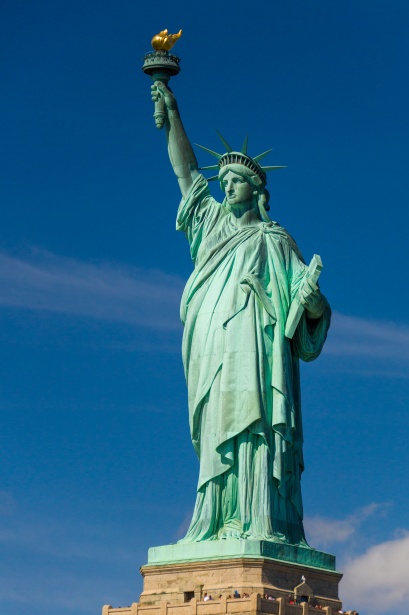
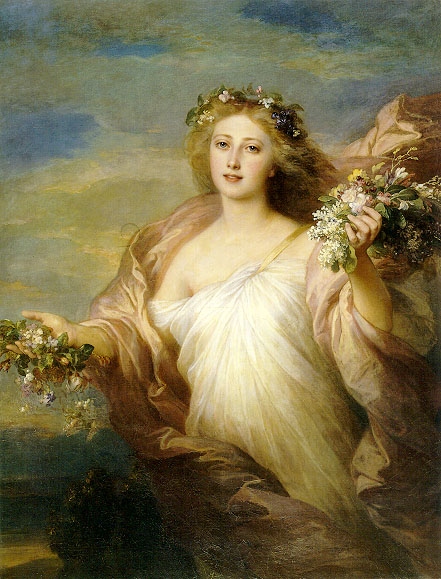
Statue of Liberty & Eostre/Ostara, Goddess of Spring
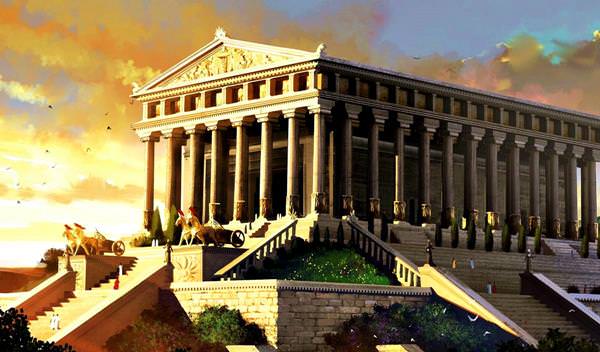
From the
Ancient Greek Eos, in a linguistic interpretation, we also have a direct
link with the Goddess Of The Germanic People “Eostre”, whose
reconstructed Name points to the Name “Austro” which is as I explained
prior, the source of the Name for our beloved Astarte in Ancient Greek.
Her name as Eostre or Ostara, reveals her strong association and love
her Father Satan Lucifer, but also, her strong relation with
Azazel/Apollo and their light bringing and life bestowing qualities of
rebirth.
Her season is Spring, the season through which nature regenerates and new life comes into being. The stolen celebration of Easter, is even in name stolen from the Great Goddess.
An even more obvious and popular manifestation of her Name, is the
country named “Austria”, which would mean, “Land of the Astra” or
“Stars”. Astarte is a Goddess of nature, something well known in all of
her history, but also admitted by the enemy. Sacred trees, green
pastures, the beauty of nature, animals and anything that is a blessing
of beauty into this planet is ruled by Her. She is a
caretaker of nature, and through her power she is a sustainer of life
and existence, human and animal. She is a Goddess of blossoming life,
a symbol of eternal creative recreation, fertility, birth and
finally, rebirth after death.
Eos, strongly
correlated with Selena [Goddess of the Moon], is known in Ancient Greek
mythology of being twin sister of the Sun – Helios in Greek – In the
same way Artemis is ruler of the Moon and is the Twin Sister of Apollo,
the manifest power of the Sun. Numerous stories of Astarte bestowing
immortality to human beings exist, such as Selene’s bestowal of Eternal
Youth to a human named Endymeon. [7]
As the Spring arrives
after the death of nature, so can the Godhead arrive for humans who
seek it after a period of desolation and ignorance. Astarte oversees
this transformation.
Pictured here is one of her Temples in Ancient Greece [Temple of Artemis in Ephesus]. The Temple was one of the Seven Wonders of the Ancient World and one of the most magnificent temples to have ever been built. In the
mysterious paintings of the temple, the Amazons and their Queen
Otrera were illustrated, while the temple was rife with spiritual
allegories. In one of these allegories, Astarte takes the form of a
warrior aspect again as part of mythological allegory.
An Ancient Greek named Antipater, is quoted of the mention of her temple in his work Greek Anthology: "I
have set eyes on the wall of lofty Babylon on which is a road for
chariots, and the statue of Zeus by the Alpheus, and the hanging
gardens, and the colossus of the Sun, and the huge labour of the high
pyramids, and the vast tomb of Mausolus; but when I saw the house of
Artemis that mounted to the clouds, those other marvels lost their
brilliancy, and I said, "Lo, apart from Olympus, the Sun never looked on
aught so grand."
She
encompasses everything that is feminine, the many faces of the feminine
powers that run both in our species but the cosmos. The wisdom of her
mysteries is in-depth, and in Ancient Greek mysteries but also many
mythologies, she is “Divided” into many “Aspects”. The reason of these
divisions is because of how complex and how Advanced she is.
The “Aphrodite” or Love/Attraction Aspect – Astarte As Incarnation Of Maximum Beauty & Fertility
Inanna, as a
rule, represents the power of Venus, the power of Love. On this
representation, she represents the external world, the observable
beauty, the beauty of the form, external beauty and measure. There is no
Goddess that is as beautiful as she is. Yet, this connotation hides
many hidden meanings except of the meanings of pure external beauty.
In
this form of the power of beauty, she is represented by Aphrodite.
Falsely, and due to the fall of consciousness of mankind, Astarte has
been credited mostly as a Goddess of external sexual beauty. Sexual
attraction is very important, is related to the procreative drive, and
is necessary for human existence. Going higher, Venus also rules love in
it’s entirety, from the lower aspects to the higher aspects.
In the Symposium
of Plato, Aphrodite in this aspect is divided in two levels: The
"Uranian Aphrodite" or Heavenly Aphrodite, and the "Pandemos Aphrodite"
or "Earthly" and "People's" Aphrodite. Each represent a different face
of the Goddess, one focused on carnal procreation, while the other
represents the higher powers of the notion of love.
Beauty, while in
it’s external form is arguably what makes life worth living as in art
and culture, is also a manifestation of other deeper notions such as
harmony. For Plato and other Ancient Philosophers, the manifestation of
beauty is also the manifestation of sublime ideals such as balance,
harmony, equilibrium and perfection. Plato and Socrates have expanded
upon the numerous meanings of the word "Beautiful" and the given
philosophical notions of the term, which deal with the world of ideas
[astral realm] and deal with the confounding of the universe. [8]
The all encompassing importance of the notion of love and all it’s manifestations, falls under her power associated with the Planet Venus. As explained in the beginning of this page, Aphrodite and the rule of the feeling of Love is showing a hidden spiritual procedure, that of the union of the Soul through Spiritual Alchemy.
Plato writes on
Phaedro about the distinction of the two types of love: Carnal love
[called Eros from which the word “erotic” today was made] and
Spiritual love [union of the soul]. These types of love are
fundamental in survival and human procreation, yet at the same time
the same spiritual force leads to enlightenment. [9]
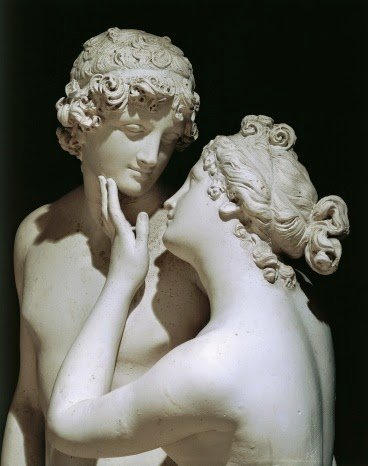 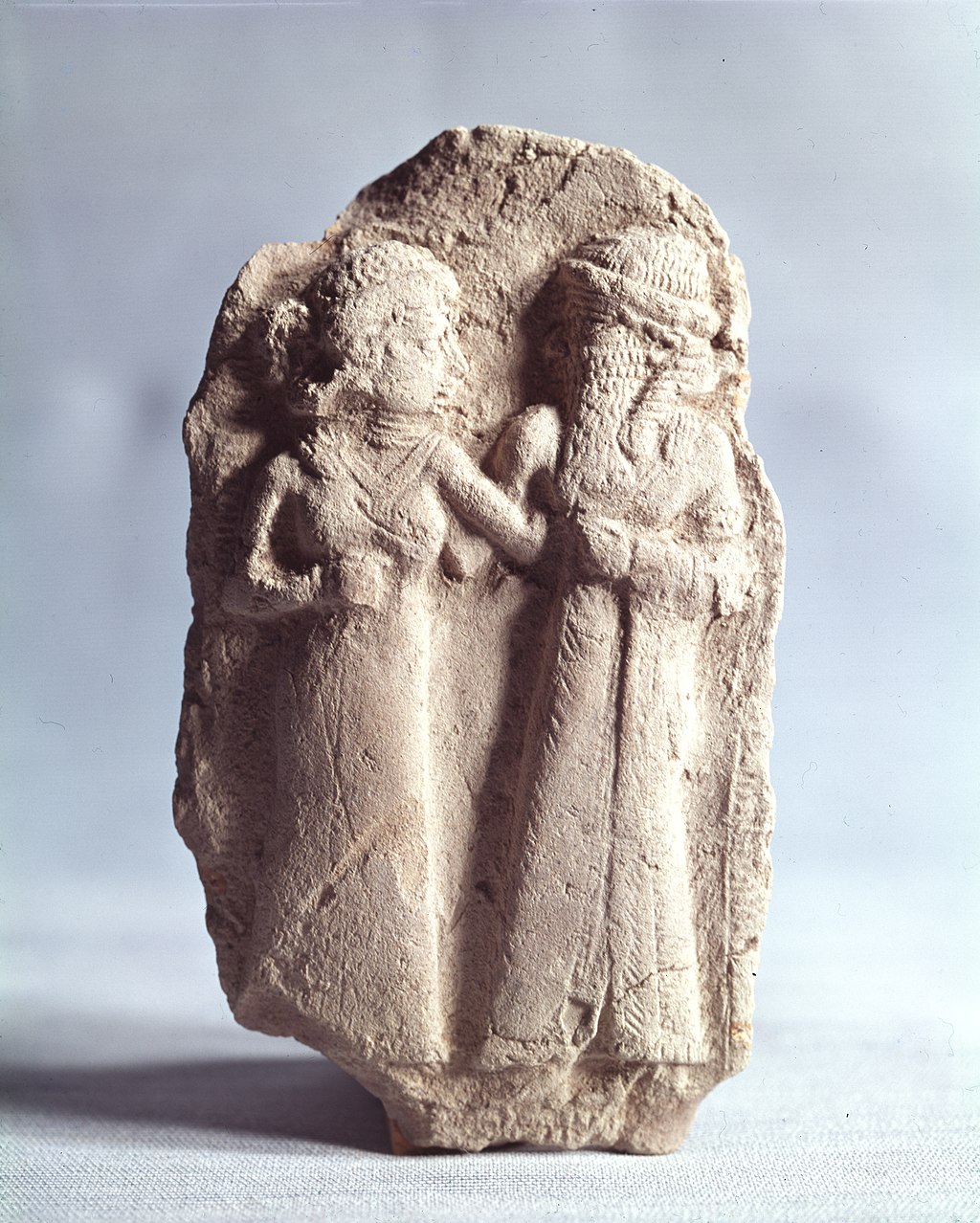 |
In Spiritual Mythology, Astarte has many lovers, including makers of
the first human civilizations like Dumuzid, or the famous myth of
Aphrodite and Adonis. These are only to name a few. Behind these
mythologies, there rests a very important parable, that explains that
the power of the Goddess acts directly to help humanity and mere
mortals. The idyllic love built between these two is not focused on the
erotic aspect, but on the aspect of bonding the soul. Inanna’s descent
into the underworld to save the mythical
hero/god Dumuzid, is synonymous with the spiritual allegory of
Demeter and the descent of Persephone on the underworld. [10] The story of Adonis and Aphrodite, regardless, has went down in history as one of the most beautiful love stories to ever have existed. Likewise, for the Germanic People, Astarte represents everything stated in this page under her name as Freya, including love and procreation. Encyclopedia Britannica explains further: “Like the Egyptian goddess Isis and the Greek Aphrodite, Freyja traveled through the world seeking a lost husband and weeping tears of gold.” [11] However, that brings us automatically into the next step in the analysis of the Goddess of Goddesses. |
The “Artemis” or Virgin Aspect – Justice And Spiritual Power
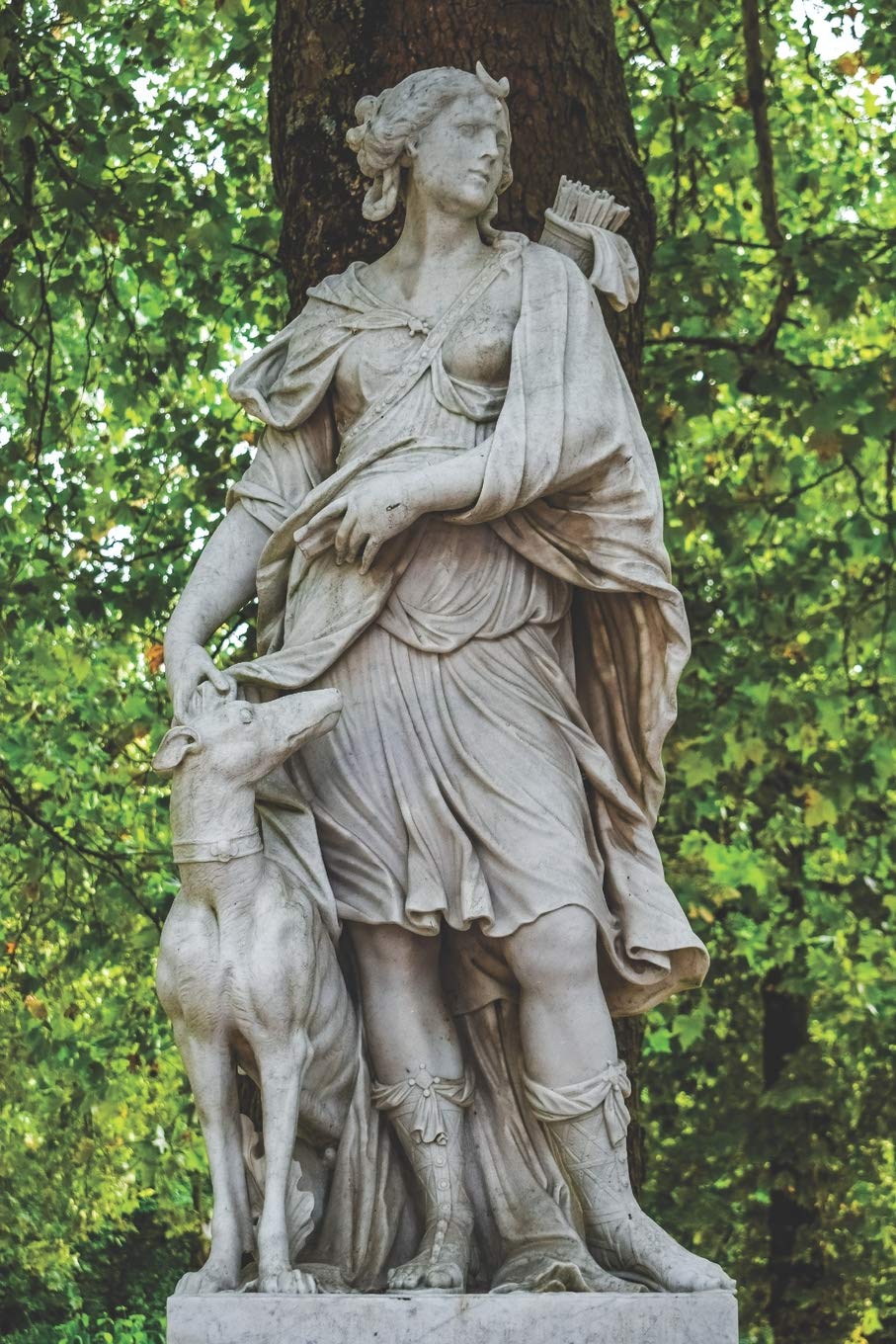
As Artemis, Astarte's symbol of power is the Lunar Disk, but also her
powerful prowess, being the Twin Sister of Apollo [Azazel and Astarte
are twins]. Artemis lives in the forest, in the wilderness, and rules
over the Moon and it’s Cycles. In that respect, her rule of the
Moon is again representative of the feminine powers of the Moon.
Like Azazel, she is called “Bright” [Phoebia],
a connotation to her spiritual ranking and strength. Another common
power of Artemis, is that Artemis can exact extraordinary punishment for
violation of spiritual edicts of the Gods, like Apollo does. When
Astarte wants to punish, one word describes what these punishments
entail: “Terrifying”. [12]
The Ancient Spartans also
worshiped Venus in a warrior aspect, and the same is the case with the
Babylonians and Assyrians with Inanna, for Astarte is a Warrior Goddess
and a Fertility Goddess to them.
The Ancient Spartan war
machine, known by all people of the world and even admired worldwide
today, had Aphrodite as their main city state Goddess. Under this, she
was called "Aphrodite Areia" [Arya]. Sparta was renown for
treating women as the pupil and the eye of the Spartan world. At the
same time, Spartan women reciprocated to this behavior by being
deserving of the high praise and creating new life. [13]
The nature of
chastity or virginity in the Artemis symbol, is because the Moon or the
inner part of the soul, does remain virgin and unadulterated. It is the
part of the soul we carry through each lifetime, which defines who we
are. Adulterated and virgin not only concerns sexual relationships, but
how one must keep their soul and spirit pure from external evil and
negative influences.
In that regard, the ability to fight back against injustice and negativity becomes rather necessary. Artemis is a Goddess of supernal wisdom and destructive prowess, and Artemis represents the direct aspects of warfare that deal with direct destruction, no different than an aspect of Aphrodite as explained above.
Artemis, except of a huntress, is also the protector of nature, wildlife, and was the most venerated Goddess in Ancient Greek for the rural people. Like Azazel/Apollo, she protects the children and the young and innocent, while she smites with death and disease those who destroy what is sacred. She was called “Mistress of all the Animals” as a form of a honorary title. [14]
It must be kept in mind, that animals and animal life is sacred in Spiritual Satanism, and while Artemis is symbolic of killing livestock for consumption or for hunting, she also establishes the balance with the living environment of life, something that humanity must have a goal to achieve. Artemis is the protector of the wildlife.
Isis or Demeter – The Mother Of The Earth, Gods And World Aspect
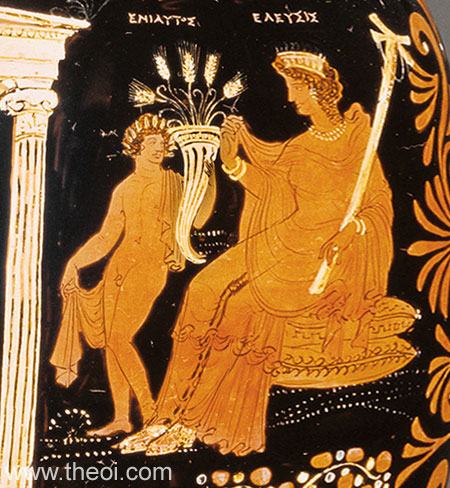 |
Demeter is the Goddess of the Harvest, which deals with the
fertility and the creation of mother Earth. The production of food, the
laws of life and death, but also the deep occult mysteries of the Female
Priestesses of Ancient Greece and the Eleusenian Mysteries, were
created under the teachings of Astarte. These were some of the most
secret mysteries in the Ancient World, where initiates learned siddhis
and received enlightenment. [15] In her aspect as Demeter, Astarte is the most apocryphal and secretive of her aspects. In the depiction of the left, we have two hidden occult meanings on this painting. One word writes "ΕΝΙΑΥΤΟΣ", which means "Inner Self" or the "True Self". On the other word, we have "ΕΛΕΥΣΙΣ" which means "The Coming" or "To Become". Demeter here shows the disciple the secrets to bring the birth of the higher self, or the "Second Birth". The same history is repeated in her identity as Danu, in Irish folklore and mythology. As Danu, she precedes over the Tuatha De Danann. The Tuatha De Danann are an Irish folklore history about the Gods and the people that existed in Ireland before the present day Irish came to live there, who exhibited extreme powers of the mind and soul, but were most knowledgeable in the spiritual arts of the Gods. Dana [Astarte] is shown here also as their mother. [16] |
The depth of her mysteries is extensive, and the importance of these mysteries was the “Descent into the Underworld”, which the Goddess Demeter’s most famous allegory is related to. The underworld, is symbolic of the astral plane and realms of the dead, but also of the re-connection of the soul with one’s spiritual powers.
In this myth, Demeter’s daughter, Persephone, descends into the underworld to finally get saved and brought to her mother again. The Myth of the “Descent”, also famous in Sumerian and Ugaritic history of Astarte. This story was called “Astarte’s Descent Into the Underworld”, and is the restoration of the Fallen Serpent Power [Fertility Power] and re-uniting this power with the Divine Mother or Demeter [the head of the spiritual practitioner].
When this spiritual process is completed, “Spring”, the Greek word of this being “Aneksis” which means “Opening” does occur, and the person finally opens up their spiritual faculties which allow the person to go back and forth into the “Realm of the Dead” or the Astral Plane and the physical world. The spring and blossoming of the soul happens, as the Chakras are also commonly in all Pagan Traditions depicted as flowers, and then one finally blossoms and returns to the “Divine Mother” or Demeter.
Unconsciously, from the name Demeter, we today in English speak of “The Mother” which is close to the word De-mater in it’s pronunciation. In modern German, “The Mother” is still called “Die Mutter” which is another alteration of the latter aspect of the word Demeter. Her association with the Earth, the Harvest, the family and household, but also the earth and the soil in itself, made her over time to be entitled as “Mother Earth”. Like Isis, she is a motherly figure that supplies human beings with whatever they require for life.
In her Egyptian alias as Isis, Isis is portrayed as being the Mother
of “Horus the Savior”, from which “Holy Mary the Mother Of
Jesus the savior” was stolen from. That constitutes one of the
greatest blasphemies and corruptions against the Goddess. [17]
Astarte’s Divine Symbols: The Power of Astarte’s Sigil
|
The star as an
occult symbol is clearly illustrated in Astarte’s Sigil. This
Symbol is also called the “Pythagorean Perfection Symbol”, also
frequently associated with Satan Himself, represents the unity of the
5 elements in the human being. The elements of water, fire, air and earth represent the body and the lower functions, while the Aether or the 5th element represents the finer substance of the soul and connector of all the other elements. The power of this
symbol is very deep, universal, and is one of the most important
sacred geometrical shapes. The fact that one pentagram can
indefinitely go inside another pentagram, represent the infinity of
the creative energy of the cosmos, represented in human beings as the
drive of procreation and life with every succeeding generation. Her Sigil represents a
case where spiritual alchemical notions inside a sigil are overabundant.
It would not be an understatement to say that most if not all the
mysteries of the human soul are explained in her very sigil. |
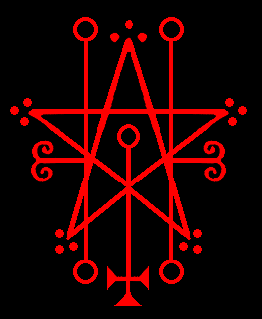 |
Sources/Bibliography:
1. Beware since this is an enemy source, but it just reveals plainly that the Jews know everything the non-Jews do not: Astarte is the Greatest and only Good – everything bad about here is mere slander created by the Jews. “Jewish Women’s Archive: Astarte: Bible” - https://jwa.org/encyclopedia/article/astarte-bible
2. Dictionary of Ancient Greek, “Astro” word, J. Stamatakos
3. Ibid 2, “Astroos” word.
4. Ibid 2, “Feron”.
5. Encyclopedia of Greek and Roman Mythology, Luke Roman and Monica Roman
6. Ibid 5, p.343
7. Ibid 5, "Eos" section.
8.
For more on this topic, refer to Plato’s and Socrate’s Symposium [a
very complex text, deeply philosophical, requires a thorough analysis to
understand fully].
9. Also, Plato’s Phaedrus explains the notion of philosophical love. Be aware that due to cultural differences and desecration of meanings [mostly caused by the church or stupid analysts who do not know anything of spiritual alchemy], meanings have been quite perverted. The text itself is still very valuable regardless.
10. "Descent Into the Underworld Myth" - A most famous Occult Myth of the Ancient People - For reference: https://en.wikipedia.org/wiki/Inanna#Descent_into_the_underworld
11. Encyclopedia Britannica, "Freyja" section
12. Ibid 5, “Artemis” section
13. For further reading: “It is believed that the warlike depiction of Aphrodite belongs to her very earliest acolytes and cults in Cyprus and Cythera, where there was a strong eastern influence during the Orientalizing Period.[3] This depiction can trace Aphrodite's descent from older Middle Eastern goddesses such as the Sumerian Inanna, Mesopotamian Ishtar, and Phoenician Astarte.[4][5] In Cyprus, Aphrodite was also referred to by the epithet "Aphrodite Encheios" (Aphrodite with a spear), and it has been suggested that the cult was brought from Cyprus to Sparta.[3] She was also known by this name on the Areopagus and at Corinth.[6]” – From the Wikipedia Page of Aphrodite Areia
14. Ibid 5, "Artemis" section
15. The Routledge Handbook of Greek Mythology, “How Hades abducted Persephone as his bride, but was finally obliged to share her with her mother”, page 125
16. Encyclopedia Britannica Online: “Tuatha De Danann” & “Goddess Dana”
17.“Christ in Egypt”: The Horus-Jesus Connection, D. M. Murdock
*From Father Satan directly to High Priest Hooded Cobra

US Library of Congress Number: 12-16457, CI-476909645 EU Copyright Number.
*Note: All writings on this website have been copyrighted. The author grants permission to print these for personal study as long as they are not altered.
